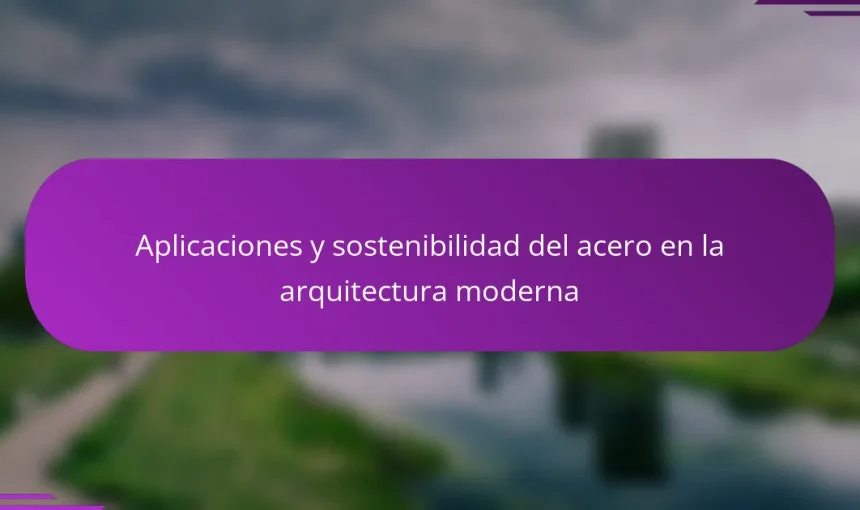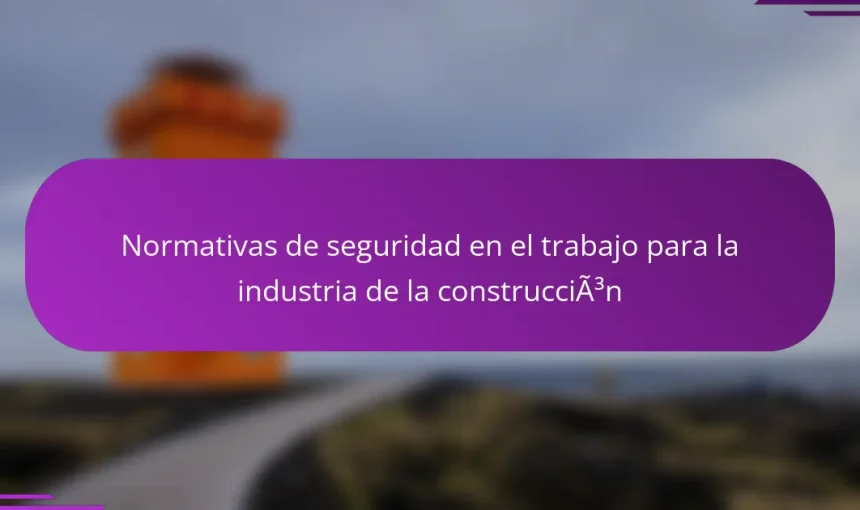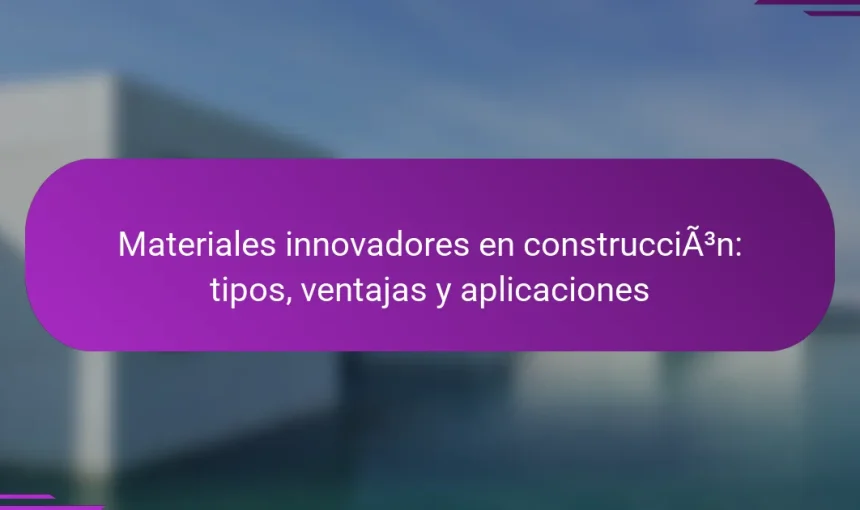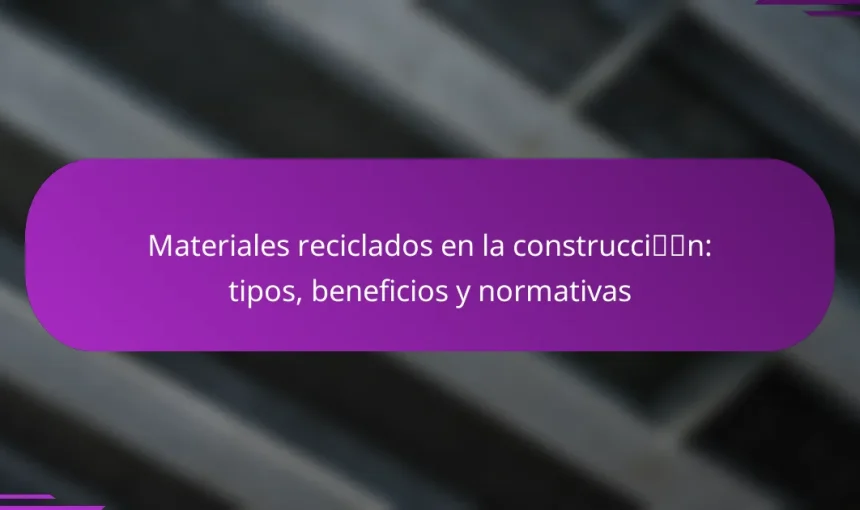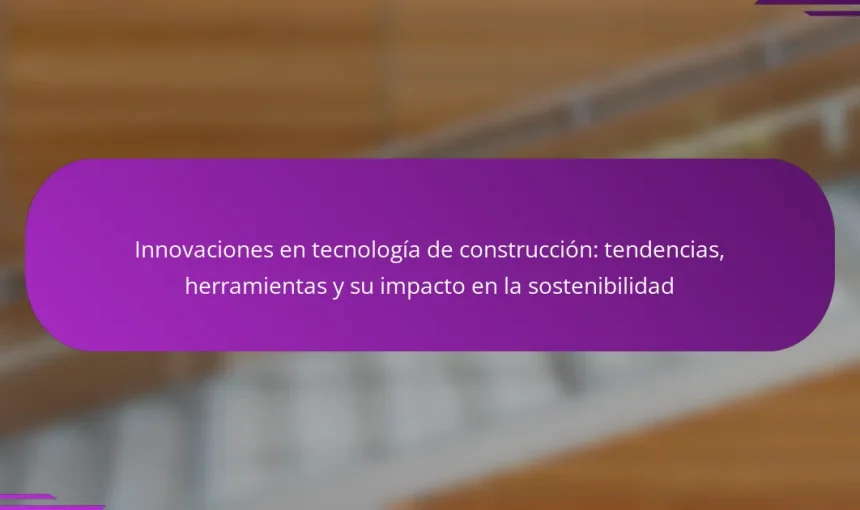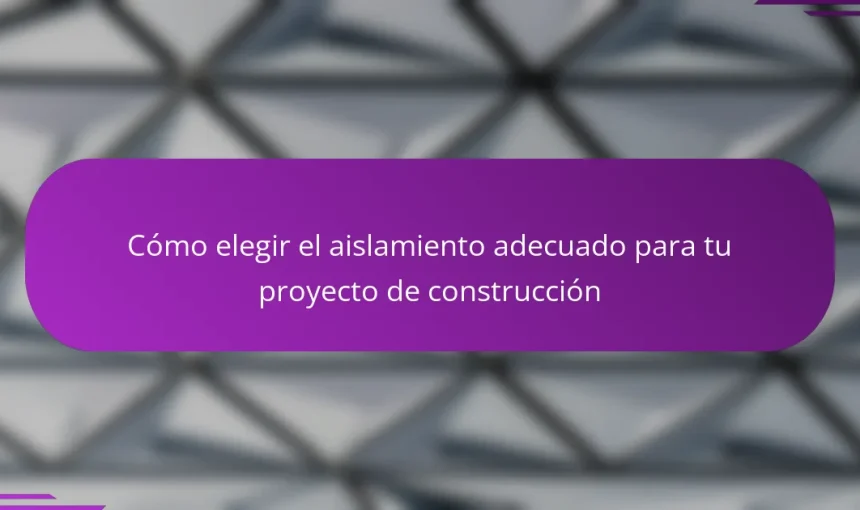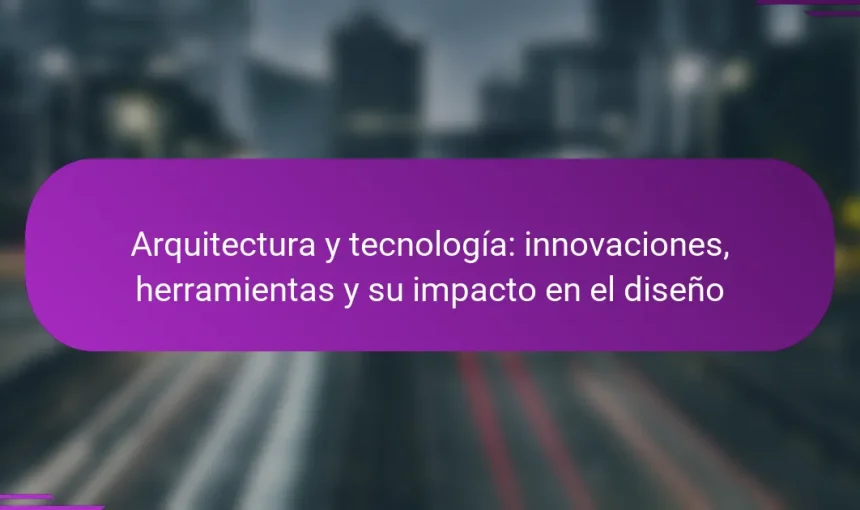Modular construction is a building method that utilizes prefabricated modules manufactured in factories and transported to construction sites, resulting in faster and more efficient building processes. The evolution of modular construction has expanded its applications from temporary housing in the 20th century to permanent commercial and residential projects today, with advancements in technology enhancing quality […]
¿Qué es el acero en la arquitectura moderna? El acero en la arquitectura moderna es un material de construcción esencial. Se utiliza por su alta resistencia y durabilidad. Además, su versatilidad permite diversas aplicaciones en estructuras. El acero se emplea en edificios, puentes y otras infraestructuras. Su capacidad para soportar grandes cargas lo hace ideal […]
¿Qué son las normativas de seguridad en el trabajo para la industria de la construcción? Las normativas de seguridad en el trabajo para la industria de la construcción son un conjunto de regulaciones y estándares diseñados para proteger la salud y seguridad de los trabajadores. Estas normativas establecen requisitos específicos para la prevención de accidentes […]
¿Qué es la construcción modular? La construcción modular es un método de edificación que utiliza módulos prefabricados. Estos módulos son secciones completas de una estructura construidas en fábricas. Luego, se transportan al sitio de construcción para su ensamblaje. Este enfoque permite una construcción más rápida y eficiente. Además, reduce los residuos y costos de materiales. […]
¿Qué son los códigos de conducta para contratistas en proyectos de construcción? Los códigos de conducta para contratistas en proyectos de construcción son directrices que establecen normas éticas y de comportamiento. Estos códigos buscan garantizar la integridad, la seguridad y el respeto en el lugar de trabajo. Incluyen aspectos como la gestión de recursos, el […]
¿Qué son los materiales innovadores en construcción? Los materiales innovadores en construcción son aquellos que incorporan nuevas tecnologías o propiedades para mejorar la eficiencia, sostenibilidad y funcionalidad de las edificaciones. Estos materiales pueden incluir compuestos avanzados, bioconstrucción y tecnologías inteligentes. Por ejemplo, el hormigón autorreparable utiliza microcápsulas que sellan grietas automáticamente. Otro ejemplo es el […]
¿Qué son los materiales reciclados en la construcción? Los materiales reciclados en la construcción son aquellos que se obtienen a partir de residuos de obras o productos desechados. Estos materiales se procesan para ser reutilizados en nuevos proyectos de construcción. Ejemplos comunes incluyen el concreto reciclado, el acero recuperado y los plásticos reciclados. Su uso […]
The article focuses on innovations in construction technology, highlighting key trends, tools, and their impact on sustainability. Recent advancements include 3D printing for faster building processes, drone utilization for project oversight and data collection, and the adoption of sustainable materials like recycled concrete. It also discusses the role of augmented reality in enhancing project visualization […]
¿Qué es el aislamiento en un proyecto de construcción? El aislamiento en un proyecto de construcción es un conjunto de técnicas y materiales utilizados para reducir la transferencia de calor, sonido o humedad entre diferentes espacios. Su objetivo principal es mejorar la eficiencia energética y el confort de los edificios. El aislamiento térmico, por ejemplo, […]
Architecture and technology are integral components in the design context, focusing on the synergy between architectural principles and innovative technological tools. This article explores how the integration of 3D modeling, simulations, and smart systems enhances both functionality and aesthetics in architectural spaces. It highlights the impact of digitalization on productivity and user experience, emphasizing the […]

